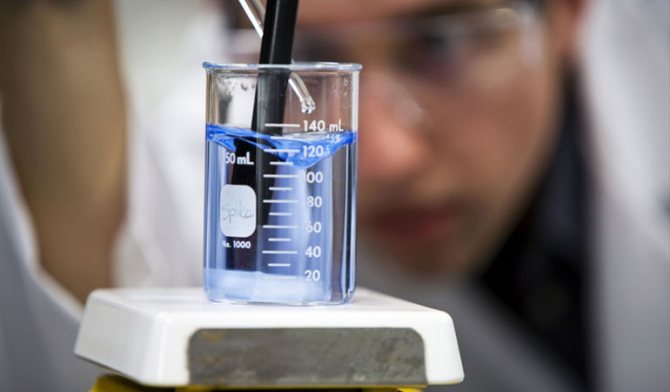
Influencing factors of silver nitrate titration
1. The influence of pH on the determination of Cl-
(1) When pH<6.5, Cro4 is converted to Cn2o, and the end point cannot be indicated;Ag2 CrO4+H+ ⇋2Ag+HCro4
2HCrO4 ⇋Cr2o7-+H2o
(2) When pH>11, Ag+ reacts with oH to form silver oxide precipitation, and the end point is delayed;
Ag+OH ⇋=AgoH↓ 2AgOH→Ag2O↓+H2O
Usually the acidity of the solution should be controlled at pH=6.5~10.5 (neutral or weakly alkaline).
(3) When there is ammonium salt in the water sample, the solubility of AgCl increases, and the result is higher. The pH should be controlled between 6.5 and 7.2.
NH4+OH ⇋ NH3+H2O
2. The adsorption phenomenon of precipitation
(1) The AgCl generated first in the titration process will strongly adsorb Cl-, which reduces the concentration of C-l in the solution and advances the end point. Therefore, the solution must be shaken vigorously during titration to reduce analysis errors. AgBr precipitation is stronger.(2) The Mohr method can only measure C1- or Br-, but cannot measure I-, SCN-, because AgI, AgSCN adsorption capacity is too strong, AgI adsorption I-, AgSCN adsorption SCN-, so that the end point appears early, resulting in a negative error .
(3) This method is suitable for Ag+ titration of Cl-, but not for Cl- titration of Ag+, because the precipitation of Ag2CrO4 near the stoichiometric point is not easy to quickly convert to AgCl precipitation, and the end of the titration cannot be judged.
3. The influence of interfering ions
(1) Anions that can form precipitates with Ag+, such as: PO4-, AsO4-, SO2-, S2-, CO3-, C2O4-;(2) Cations that can form precipitation with CrO4-, such as: Pb+, Ba+
(3) Ions that are easily hydrolyzed under weak alkaline conditions, such as: Al+, Fe+, Bi+;
(4) A large number of colored ions, such as: CO2+, Cu2+, Ni2+
The above-mentioned ions may interfere with the determination, and everyone should be separated beforehand during titration.



